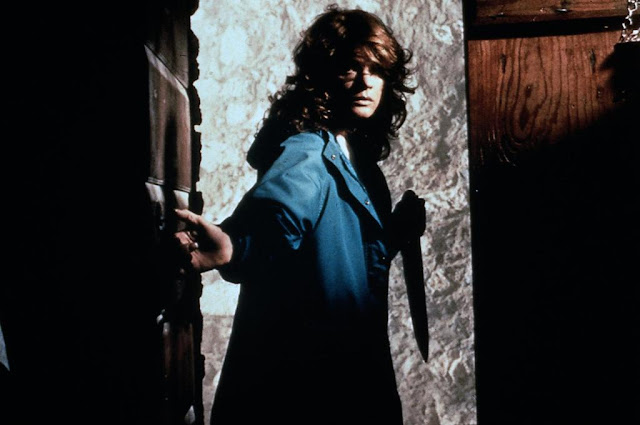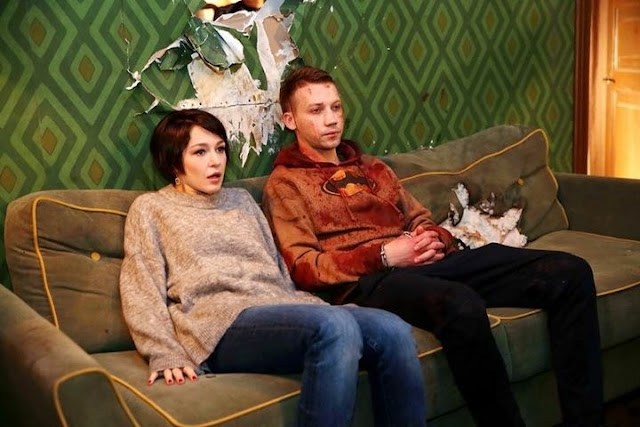RIP Daria Nicolodi

Actress and screenwriter Daria Nicolodi has died at the age of 70. Her death, on 26th November, was announced by her daughter, Asia Argento. Nicolodi was born in Florence, 1950, and made her film debut in the 1970 war film Uomini contro ( Many Wars Ago ) playing a Red Cross nurse. She came to fame in 1975 when she was cast as savvy investigative reporter Gianna Brezzi, in Dario Argento's classic giallo, Profondo rosso ( Deep Red ). This role would be hugely impactful, not only upon her career, but also her personal life, as she and Argento soon began a relationship and had a child together (Asia). Nicolodi was integral in the conception of Argento's next film Suspiria (1977), which she co-wrote. A dark and violent fairy tale horror, Suspiria tells of a young ballet student who discovers the academy where she has enrolled is home to a coven of evil witches. Nicolodi had been inspired by tales of witches and black magic told to her by her grandmother, who claimed to have ha...














